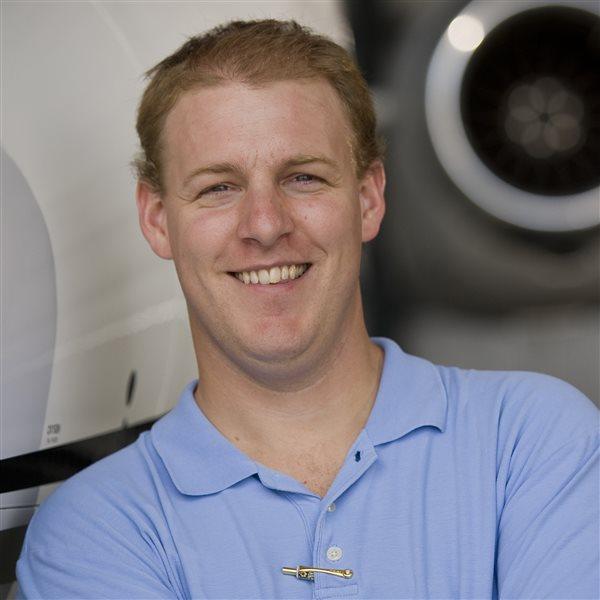Technology breeds ambivalence. It can be life-changing, and a nuisance, make things cheaper, or become a money pit. For every idea that advances our way of life, there are dozens we must wade through in order to find it.
This month AOPA is highlighting aviation technology on a big scale—with all technology’s virtues and drawbacks. Keep an eye out in all of our media properties this month for tips, tricks, and thoughts about where we are, where we’ve come from, and where we are going. You’ll find a number of stories in this month’s issue that focus on technology, including training primarily by angle of attack, integrating simulation, and the benefits of using an iPad in the cockpit—look for our Tektober logo.
Without a doubt, technology has forever changed the way we fly—and fast. On the pilot life cycle of neophyte to old pro, I’m somewhere toward the beginning. Still, I was the first of my friends to try GPS. My dad passed a little handheld unit and a David Clark headset down to me when I first started flying. A small monochromatic screen displayed what was basically a course deviation needle, but only after you had entered the latitude and longitude of your fix. It probably cost a fortune and took what seemed like an hour to lock on to the satellites.
A few short years later we’re flying with high-resolution moving maps in our panels and on our laps. GPS has not only changed how we navigate, it now literally guides the aircraft. Other advances have had similar impacts on safety, such as electronic fuel monitoring, and on-board weather is nothing short of a miracle.
Most of our advances have been in avionics. Wing shapes are largely the same, engines are only slightly more efficient (with the exception of lean-of-peak operations), and aircraft construction materials lag far behind other industries. Newton’s theories remain stubbornly consistent.
Most pointedly, learning to fly is largely the same today as it has been for decades. There are bright spots. Self-guided study with apps is a much better experience than VHS. Many people train in a Garmin G1000. But that core process of one student, one instructor in the airplane is as old as flying. Tools that can improve on that experience, such as simulation, inexplicably remain topics of debate among instructors. Even things with obvious benefits, such as in-cockpit video for debriefing purposes, continue to be used sparsely.
In one sense, there’s something comforting about this. It’s almost quaint. Someone who hasn’t taught for 30 years can jump in tomorrow and feel like she never left. It’s also downright maddening. Technology is useless without adoption. Aviation used to be a shining example of innovation and high tech. There’s no reason it shouldn’t be the same today.
Except for headsets. Unlike more recent additions to my collection—and despite almost two decades of being shoved in bags, left in hot cars, and generally mistreated—my David Clark still works beautifully.

